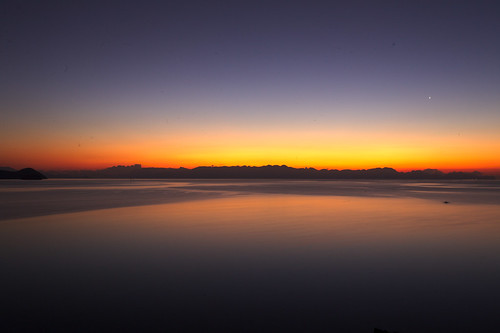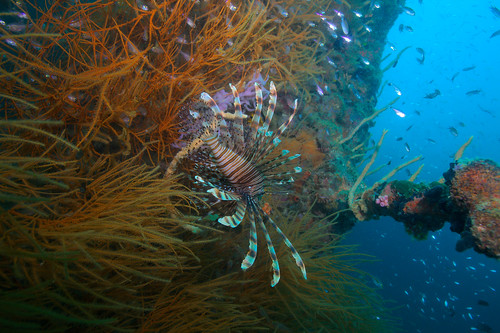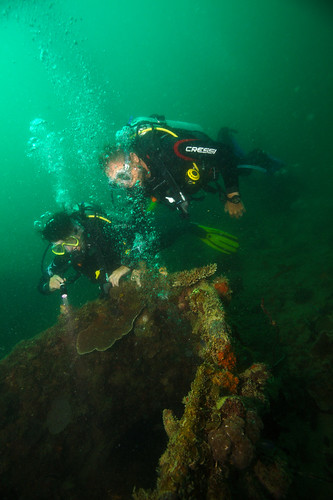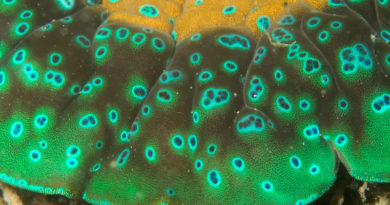El Nido to Coron, and In-Between
Sometimes, in my existence as an ocean person in the Philippines, it can happen to get a little bit side-tracked. The mundane micro-challanges of everyday life take over. Where to get a reasonable coffee? How can I fix the bathroom door in my house? And kill the cockraches behind that door? Such trivialities can mask the view of the big, amazing things which are there right in front of my eyes, right under the ocean.
A little trip sometimes can work wonders to fix the priorities of what to think about and what to take seriously.
A trip I took last week brought me through the island world in the north of the Palawan province in the Philippines. I was leading Submariner Diving’s Coron wreck expedition – a four day journey starting in El Nido, the fishing village turned backpacker hub wedged between some James-Bond-villainesque rocks. The next two days we traveled to rarely dived reefs between the countless islands north of El Nido. These are dive sites unperturbed by hordes of poor-buoyancy-afflicted divers, and not stressed by the sewage or agricultural run-off from nearby human populations. During our journey northwards, we saw little more than a few fishing villages on the shores. The only two semi-major settlements in that part of the Philippines are Linapakan – with a small harbor (great for night dives) and maybe 1000 inhabitants – and Culion, a really pretty historical town which used to be a leper colony. That’s where we stayed over night – no worries though, they changed the bed sheets after the last lepers left many decades ago (I asked).

I can not praise the reefs we dived on our journey highly enough. “Running sushi”, on Culion island, is the healthiest and most biodiverse reef I have seen in the Philippines, in a tie with Apo island. Burgor reef and Dynamite point, near Culion town, are these typical calm, low-surge, low-current reefs with scores of different cardinal fishes (I would guess 15 or more species, including the extremely pretty pajama cardinal fish) hiding between heavily branched finger corals. We saw mandarin fish, a plethora of rare and unusual gobies, nudibranchs, rare basslets and wrasses. A true fish aficionado’s heaven.
The wrecks, our dives on the last two days of the trip, were as impressive as expected. Large tankers and cargo vessels, plus a sea-plane tender, lie in 20-35 meters in sandy bottoms between Coron and Culion island. Some wrecks are so large that it takes 2 dives to cover the whole length of the sunken ships. Seven decades have covered them with lots of hard (cabbage) and soft corals, and sponges; the corals in turn made them homes for a variety of fishes which otherwise would not thrive in the middle of a sandy channel. I saw lots of yellow snappers, scorpionfish, fusiliers, and a large number of juvenile (~15 cm) barracudas. Lionfish were hunting glass fish between the bushy soft corals between the structures on the wreck’s decks. Lots of nudibranchs, including some rare ones, too. For confident divers it’s possible to penetrate the wrecks into compartments with readily visible and accessible exits.
We did our last dive in the 37°C warm (!) barracuda lake, one of the most unusual bodies of water I have ever seen. More about this lake with 2 halo/thermoclines (!) in the next blog post!
We finished the trip with some excellent pizza in Coron, which had developed into a buzzing tourist hub – all thanks to the violent altercation between imperial Japan and the US a few decades ago. Who of the American dive bomber pilots in 1944 would have thought that their attack would lay the foundation for dive shops, restaurants, resorts and ice cream parlors in a remote part of the Philippines decades later?


